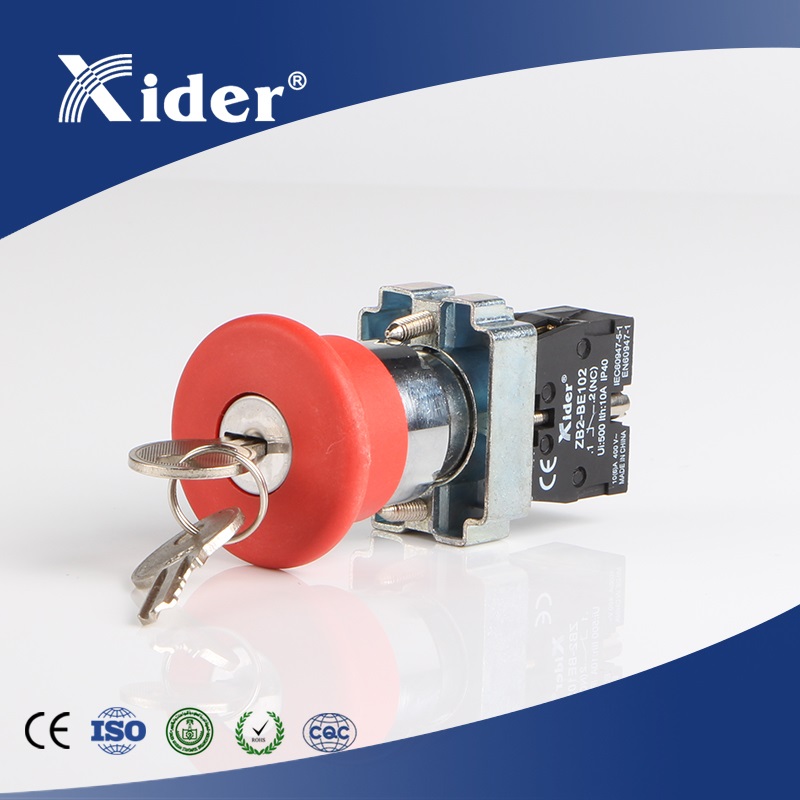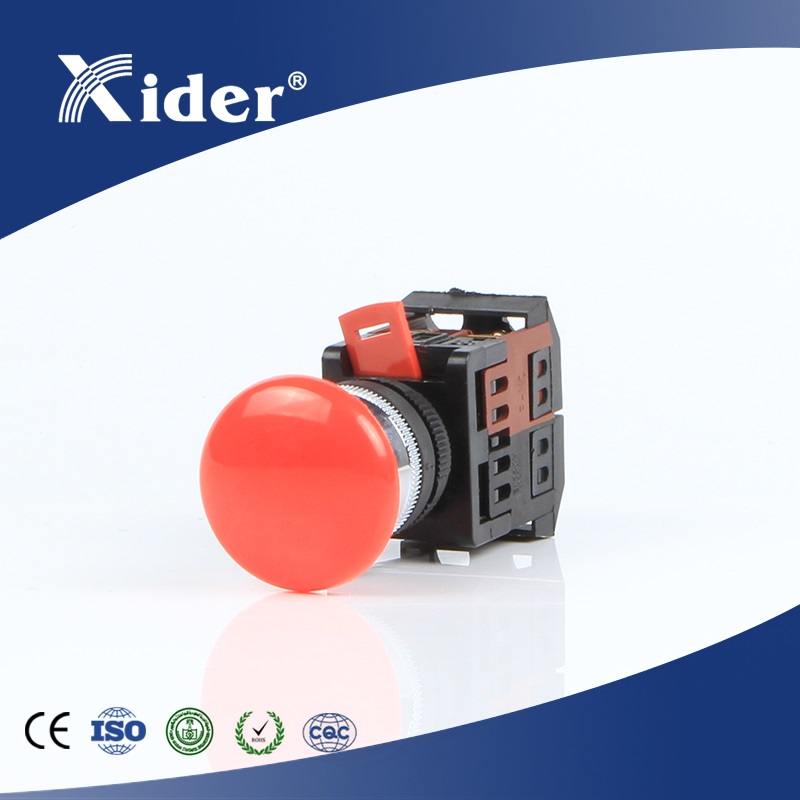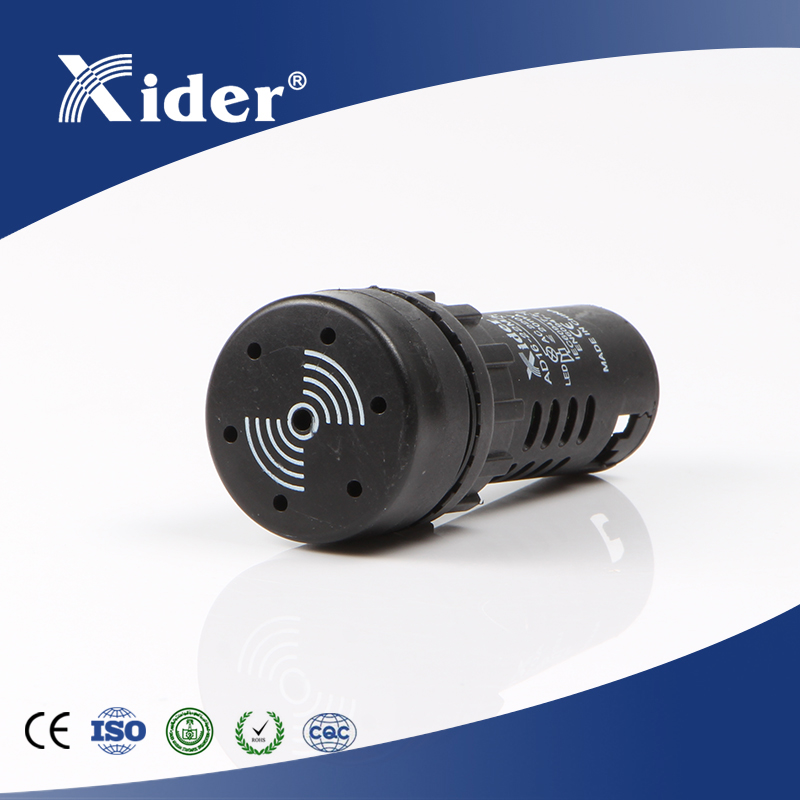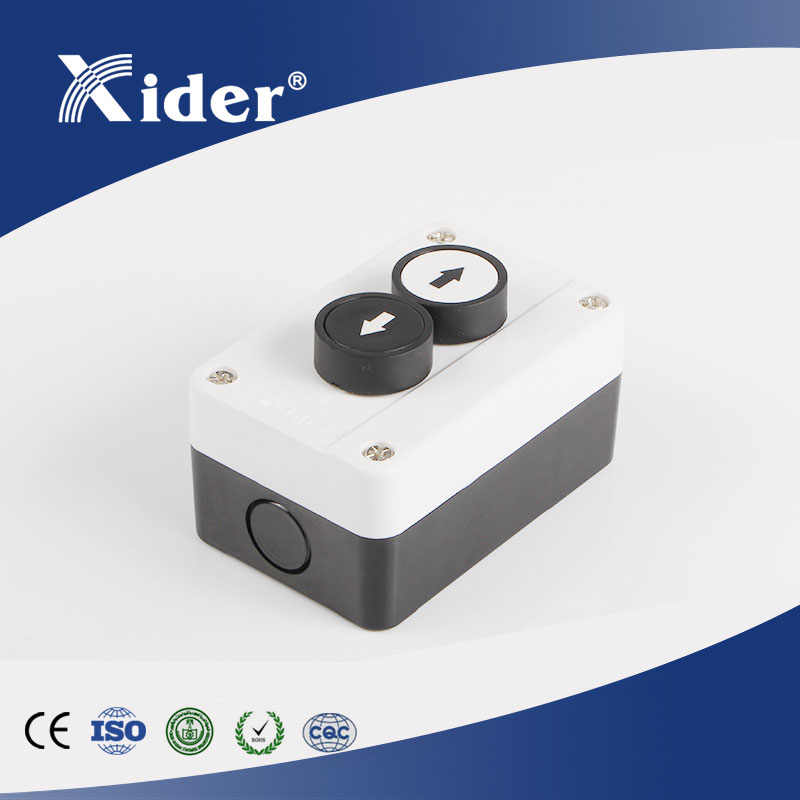push button switch structure: consists of button cap, reset spring, fixed contact, movable contact housing and pillar linkage, etc. The main categories are as follows
1. Normally open contact (dynamic contact): refers to the original state (the appliance is not subject to external force or coil is not energized), the fixed contact and movable contact are in a separate state contact.
2. Normally closed contact (dynamic break contact): refers to the original state (the appliance is not subject to external force or coil is not energized), fixed contact and movable contact in the closed state of the contact.
3. Normally open (dynamic) button switch, not pressed, the contacts are off, press the contacts closed to connect; when released, the button switch in the role of the reset spring reset off. In the control circuit, the normally open button is often used to start the motor, also known as the start button.
4. Normally closed (dynamic break) pushbutton switch is the opposite of normally open pushbutton switch, when not pressed, the contact is closed, when pressed, the contact is open; when the hand is released, the pushbutton switch is reset and closed under the action of the reset spring. Normally closed pushbuttons are often used to control motor stopping, also known as self-resetting pushbuttons.
5. Composite pushbutton switch: the combination of normally open and normally closed pushbutton switch into one pushbutton switch, that is, with normally closed contacts and normally open contacts. Not pressed, the normally closed contacts are closed, normally open contacts are off. When the button is pressed, the normally closed contact is first disconnected and the normally open contact is closed, which can be regarded as a self-locking button; when released, the button switch will first disconnect the normally open contact and then close the normally closed contact under the action of the reset spring. Composite pushbuttons are used in interlocking control circuits.






